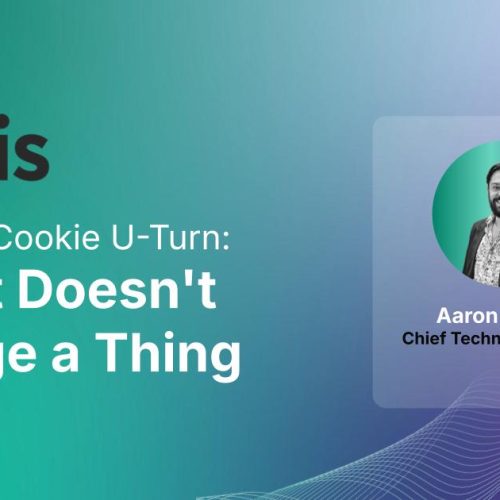According to store data, which were geofenced by location-based advertising platform Blis, twice as many men visit Lowe’s than Home Depot. During the course of the campaign, data also showed that Home Depot shoppers were more likely to make return trips, show interest in art content and shop on Tuesdays.
Specifically, the most common time for shoppers to visit Home Depot was 4:00 p.m., indicating that the consumers may have been arriving at the store after school pickups, hence the increase in art project items.
The Lowe’s store is most visited Fridays after work hours, 5:00 p.m., when consumers are perhaps prepping for weekend DIY projects. And Lowe’s customers are more likely to be viewing content on weather apps as they shop in-store, indicating that their DIY projects are most likely constructed outside. In addition, Lowe’s shoppers are more likely to view the publication Home and Garden in-store than Home Depot shoppers.
Mike Buttigieg, senior sales director at Blis, said that while both Lowe’s and Home Depot offer essentially the same products and services, Home Depot tends to skew more toward servicing the professional services crowd.
“Our data indicates that Home Depot shoppers were more likely to make returns and shop during the week, which might align with contractor behavior and needs,” he told FierceRetail. “In comparison, Lowe’s presents an atmosphere that’s more geared towards the average Joe, offering more assistance for DIY projects and clear labeling, giving the chain a less industrial feel than Home Depot.”
Other retailers can benefit from geofencing, which, combined with beacons, can be used to send push notifications with in-store promotions when a consumer enters a store location.
Buttgieg also notes that retailers can use geofencing to identify competitive locations, and target customers seen at those locations, giving that retailer a fighting chance at swaying a consumer away from a competitor.
“Location data helps to identify audiences likely to shop at given locations; geofencing select retail locations to determine when that audience is within a certain radius, and sending them ads can help drive those consumers in store to make a purchase,” Buttgieg said. “Our upcoming research found that there is a big opportunity to serve ads to consumers while they are perusing the aisles. With 36% of in-store shoppers price comparing while they browse, 30% flicking through social networks and almost a quarter multi-tasking by checking news and weather via mobile apps, consumers are likely to see ads presented to them before they purchase.”
Click here to read the original article.


